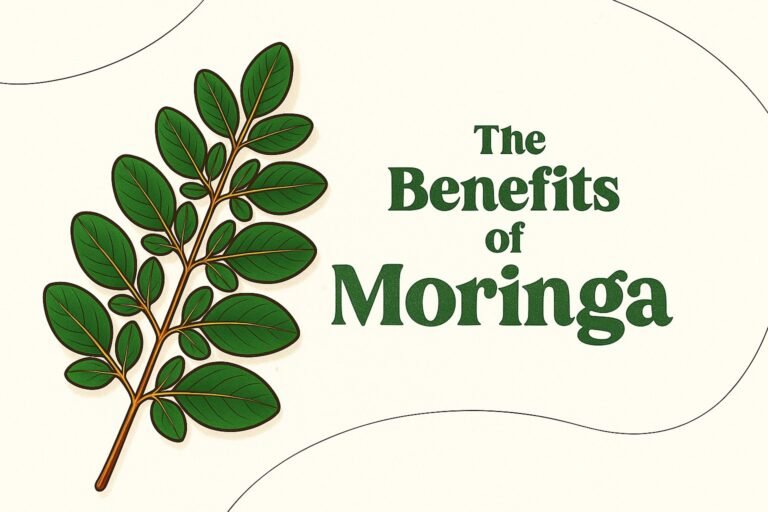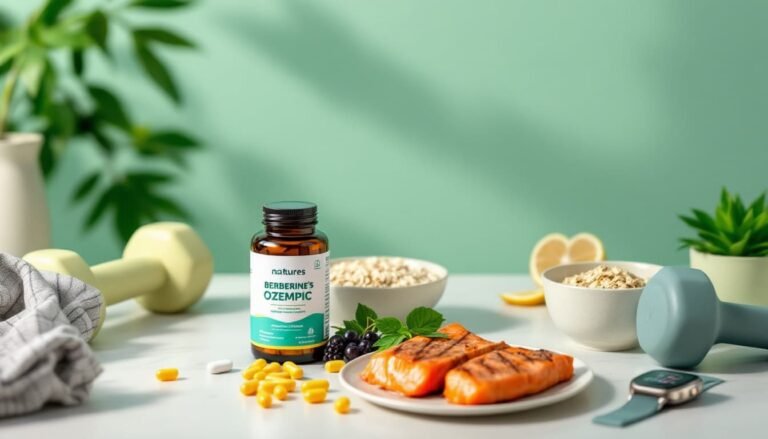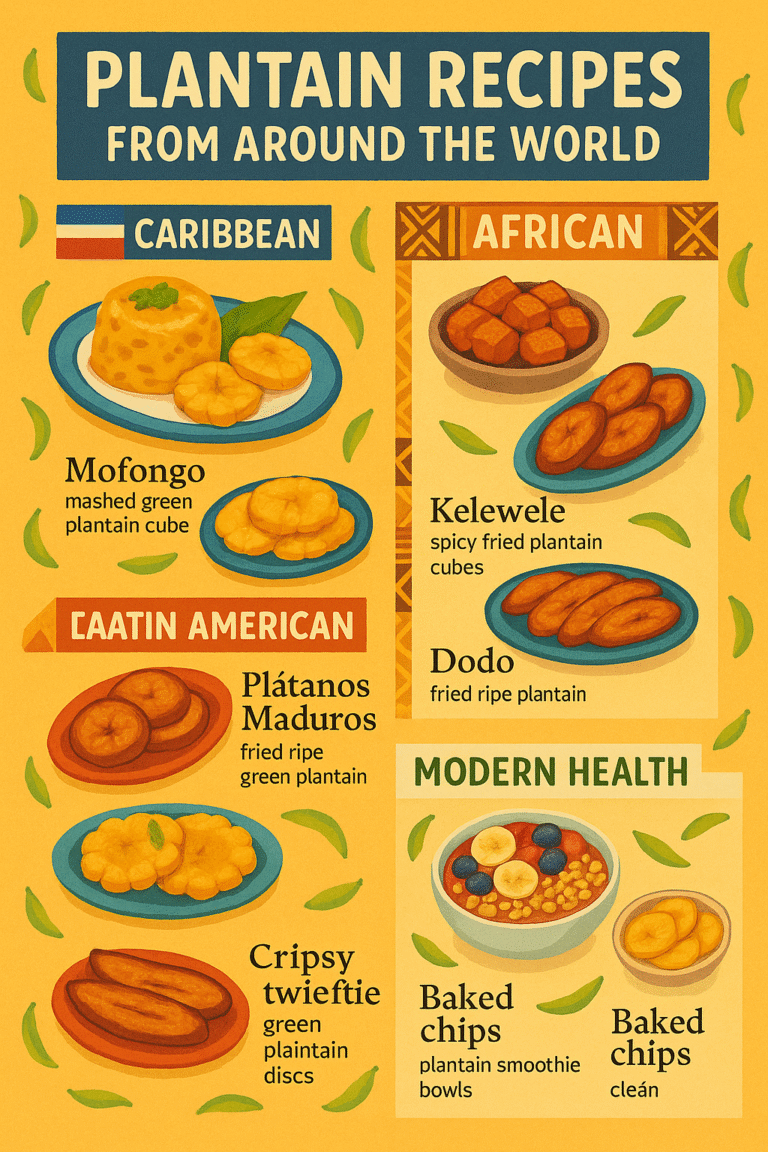In an era dominated by pharmaceutical solutions, it’s easy to overlook the profound healing potential within nature. Let us explore together, 8 evidence-based plant remedies with substantial scientific backing that your doctor might not mention. We delve into traditional knowledge and validate these practices with contemporary research, aiming to integrate these natural allies into your wellness routine.
Medical Disclaimer: This Information is for educational purposes only, not medical advice. Always consult a qualified healthcare provider before incorporating new remedies.
1. Purple Cabbage for Cellular Protection and Inflammation

Ancient Wisdom & Modern Science
Purple cabbage has been revered for centuries, from Roman scurvy prevention to TCM inflammation reduction. Its vibrant hue indicates high anthocyanin content, powerful antioxidants combating oxidative stress and inflammation.
These potent compounds are responsible for the cabbage’s deep purple color and have been extensively studied for their health-promoting properties. Studies show anthocyanins protect DNA and inhibit cancer cells by neutralizing free radicals and modulating cellular pathways involved in carcinogenesis. It also contains sulforaphane compounds, a group of sulfur-rich compounds known for their detoxification and anti-cancer effects.
Sulforaphane activates phase II detoxification enzymes in the liver, helping the body eliminate harmful toxins and carcinogens. Furthermore, purple cabbage is an excellent source of vitamin K, crucial for blood clotting and bone health, contributing to overall skeletal integrity and preventing excessive bleeding.
The presence of these compounds makes purple cabbage a valuable addition to a health-conscious diet, offering more than just culinary appeal. Its versatility allows for various preparations, from raw in salads to fermented as sauerkraut, each method preserving or enhancing its beneficial properties.
For a general overview, see the Wikipedia page on Red Cabbage. Online communities on Reddit often discuss the benefits of purple cabbage for various health issues, and you can find numerous videos on YouTube detailing its health advantages and you can find numerous videos on YouTube detailing its health advantages.
Usage & Cautions
Incorporate raw or fermented purple cabbage. Raw forms retain heat-sensitive nutrients; fermentation enhances probiotics. Individuals on blood-thinning medications should consult a healthcare provider due to the vitamin K content.
Related: Learn more about anti-inflammatory foods and natural detox methods
2. Burdock Root for Blood Purification and Skin Health


Historical Healer & Scientific Validation
Burdock root has a rich history, used by Native Americans for skin conditions and as a “blood cleanser”, and in European herbalism for eczema and psoriasis. Its traditional use as a depurative (blood purifier) is now supported by modern research.
Burdock root is particularly rich in inulin, a prebiotic fiber supporting gut health. Inulin acts as a food source for beneficial gut bacteria, promoting a healthy microbiome, which is intrinsically linked to overall health and immune function. Beyond its fiber content, burdock root contains potent compounds like arctigenin, a lignan with antioxidant and anti-inflammatory properties.
These compounds help combat oxidative stress and reduce systemic inflammation, which are underlying factors in many chronic diseases. Studies explore its potential in liver detoxification by enhancing bile production and flow, aiding the liver in processing and eliminating toxins.
Furthermore, research indicates its antimicrobial effects against various pathogens, contributing to its traditional use in treating infections. For more information, the Wikipedia page on Arctium lappa provides a comprehensive overview.
Discussions on Reddit often highlight personal experiences with burdock root for digestion and skin issues, and YouTube features many videos on its benefits and uses.
Usage & Cautions
Burdock root can be used in decoctions, tinctures, or culinary dishes. Pregnant individuals should consult a healthcare provider due to potential uterine contractions. Those sensitive to ragweed may experience allergic reactions.
Related: Natural skin care remedies and liver detox support
3. Dandelion Greens for Liver Function and Nutrient Density


Ancient Roots & Scientific Powerhouse
Dandelion has a venerable history in traditional medicine for liver health and its exceptional nutritional profile.
Arabian physicians used it for liver ailments, and TCM for hepatitis and gallbladder issues. Its widespread use across cultures underscores its perceived efficacy. Dandelion greens are rich in potassium, a natural diuretic, which helps the body shed excess fluid and supports kidney function without depleting essential minerals, unlike some pharmaceutical diuretics.
Its bitter compounds, including taraxasterol and sesquiterpene lactones, stimulate bile production, aiding digestion and liver detoxification. This choleretic effect helps in the breakdown of fats and the elimination of toxins from the body.
Research confirms its hepatoprotective effects, showing its ability to protect liver cells from damage and promote regeneration. Its diuretic properties are also well-documented, making it beneficial for conditions involving fluid retention. It surpasses many vegetables in nutrient density, with more vitamin A than carrots and more iron than spinach, making it a powerhouse of essential vitamins and minerals.
The Wikipedia page on Taraxacum offers a detailed botanical perspective, delving into its taxonomy, distribution, and various species.
On Reddit, discussions often revolve around the surprising nutritional density of dandelions, with users sharing personal anecdotes and scientific articles on their benefits.
Furthermore, YouTube hosts numerous guides on foraging and preparing dandelion greens, offering practical advice for incorporating this powerful plant into your diet.
4. Purslane for Omega-3 Fatty Acids and Antioxidants

Ancient Superfood Re-Discovered & Scientific Edge
Purslane, often considered a common weed, was valued by ancient civilizations for headaches and heart problems.
Its historical use as a medicinal herb dates back thousands of years, with records indicating its use in traditional Chinese medicine and ancient Greek remedies. It boasts the highest plant-based omega-3 fatty acid content, specifically alpha-linolenic acid (ALA), making it a unique and valuable addition to a plant-based diet.
These omega-3s are crucial for cardiovascular health, brain function, and reducing inflammation, playing a vital role in maintaining overall well-being. It’s also packed with powerful antioxidants, including betalains, which are vibrant pigments with strong antioxidant and anti-inflammatory properties, contributing to cellular protection.
Furthermore, purslane contains natural melatonin for sleep regulation, offering a natural way to support healthy sleep cycles. For a comprehensive overview, refer to the Wikipedia page on Portulaca oleracea.
Online communities on Reddit frequently discuss purslane as a superfood and its various uses, and YouTube offers numerous videos on its health benefits and how to incorporate it into your diet.
Usage & Cautions
Purslane can be enjoyed raw in salads or cooked. Those prone to kidney stones should consume purslane in moderation due to oxalates.
Related: Plant-based omega-3 sources and natural sleep aids
5. Cranberries for Urinary Tract Health

Native American Remedy & Scientific Basis
Cranberries have been a cornerstone of traditional medicine for centuries, particularly among indigenous communities for urinary issues and wound healing. This long history of use highlights their perceived efficacy in supporting health.
Modern science attributes its UTI prevention benefits primarily to unique proanthocyanidins (PACs), which prevent bacteria like E. coli from adhering to the urinary tract walls. This anti-adhesion mechanism is crucial, as it physically stops bacteria from colonizing the urinary tract, thereby preventing infection.
Consistent intake of PAC-standardized cranberry products can significantly reduce recurrent UTIs, offering a natural and effective preventive strategy for individuals prone to these infections. The Wikipedia page on Cranberry provides extensive information on its botany, cultivation, and uses.
On Reddit, users often share recipes and discuss the various ways to use fresh cranberries, from culinary applications to health-focused preparations.
Furthermore, YouTube features numerous videos on cranberry recipes and their health benefits, providing visual guides and practical tips for incorporating them into your diet.
Usage & Cautions
Cranberries can be consumed whole, as juice, or concentrated extracts. For prevention, concentrated extracts are often preferred. Individuals on blood-thinning medications should exercise caution due to potential interactions.
Related: Urinary tract health and natural infection prevention
6. Lamb’s Quarters for Complete Protein and Mineral Density

Ancient Staple & Scientific Profile
Lamb’s Quarters (Chenopodium album) has been a vital food source for millennia, from Neolithic European settlements to Aztec civilizations. This widespread historical use underscores its nutritional value and adaptability. Modern analysis confirms it as a nutritional powerhouse, particularly for its complete amino acid profile, making it a rare plant-based source of complete protein comparable to quinoa. This means it provides all nine essential amino acids necessary for human health, which is uncommon in plant foods. It’s also rich in essential minerals like calcium and magnesium, vital for bone health, muscle function, and numerous enzymatic reactions in the body. Its high mineral content makes it a superior alternative to many cultivated greens. For a detailed botanical and historical perspective, consult the Wikipedia page on Chenopodium album. Online communities on Reddit often praise lamb’s quarters as a nutritious wild edible, and YouTube offers numerous videos on foraging and preparing this versatile plant.
Usage & Cautions
Both young leaves and seeds are edible. Young leaves can be used raw or cooked. Proper identification is crucial. Excessive consumption of raw mature plants might be a concern for individuals prone to kidney stones due to oxalates and nitrates.
Related: Plant-based protein sources and wild edibles guide
7. Aloe Vera for Skin and Digestive Health

The “Plant of Immortality” & Scientific Basis
Aloe vera has been revered for millennia, from ancient Egypt to Alexander the Great, who used it for wound healing. The gel is rich in polysaccharides, responsible for its anti-inflammatory, wound-healing, and immune-modulating properties. It’s effective for wound and burn treatment, and soothes irritated skin. Internally, its polysaccharides can improve intestinal barrier function and aid conditions like IBS. For a general overview of Aloe Vera, its history, and uses, the Wikipedia page on Aloe vera is a valuable resource. Discussions on Reddit often feature personal testimonials and advice on using aloe vera for skin conditions and digestive issues, and YouTube provides numerous tutorials on how to extract and use fresh aloe vera gel.
Usage & Cautions
Pure aloe vera gel can be applied topically. For internal use, ensure products are from the inner leaf gel, free of the laxative-inducing latex. Consult a healthcare provider if on medications.
Related: Natural skincare remedies and digestive health support
8. Milk Thistle for Liver Support

A Centuries-Old Guardian & Scientific Power
Milk thistle has been used for liver protection for centuries, documented by Dioscorides and cultivated in medieval monasteries. Modern research focuses on silymarin, a complex of active compounds from its seeds, known for its hepatoprotective effects. Silymarin is a potent antioxidant and anti-inflammatory agent that protects liver cells from damage. Studies support its ability to improve liver function and protect against damage in various liver conditions. The Wikipedia page on Silybum marianum (Milk Thistle) offers a detailed scientific and historical perspective. On Reddit, discussions often delve into personal experiences with milk thistle for liver support and detoxification, and YouTube features numerous videos explaining its benefits and proper usage.
Usage & Cautions
Milk thistle is commonly consumed as an extract standardized for silymarin. Choose reputable brands. It can interact with certain medications, especially those metabolized by the liver. Individuals with hormone-sensitive conditions should consult a healthcare provider.
Related: Liver detox protocols and hepatoprotective herbs
Why Doctors May Not Mention These
Several factors contribute to the disconnect between traditional plant remedies and mainstream medical practice:
Training Focus & Time Constraints
Medical education emphasizes pharmacology, leaving limited room for botanical medicine. The average medical school dedicates less than 20 hours to nutrition and virtually no time to herbal medicine throughout the entire curriculum. Brief appointments, often lasting just 15-20 minutes, prioritize quick solutions over holistic approaches. Doctors are trained to diagnose and treat specific conditions with measurable outcomes, making it challenging to incorporate remedies that work gradually and systemically.
Evidence Standards & Liability Concerns
The medical establishment requires randomized controlled trials (RCTs) for treatment recommendations, but funding for large-scale trials is more readily available for patented drugs than for natural substances that cannot be exclusively owned. Pharmaceutical companies invest billions in drug research because they can recoup costs through patents, while plant remedies offer no such financial incentive. Additionally, the variability in potency and dosing of natural remedies raises liability concerns for medical professionals who must adhere to standardized treatment protocols.
Integration Challenges & Professional Skepticism
Combining plant-based remedies with conventional treatments can be complex due to potential interactions and the need for specialized expertise that most physicians lack. Many doctors view traditional medicine with skepticism, despite its millennia-long track record, because it doesn’t fit the reductionist model of modern medicine that isolates single compounds. The medical community also faces pressure from pharmaceutical companies, insurance systems, and hospital administrators who prioritize profitable treatments over preventive, natural approaches.
Regulatory & Economic Barriers
The FDA regulates herbal supplements as foods, not medicines, creating a regulatory gray area that makes doctors hesitant to recommend them. Unlike prescription drugs, supplements don’t require extensive safety and efficacy testing, leading to quality inconsistencies that concern healthcare providers. Furthermore, insurance systems rarely cover natural remedies, making them less attractive options for both doctors and patients focused on covered treatments.
Making Informed Decisions
Navigating plant-based remedies requires a thoughtful approach:
Quality Sourcing & Documentation
Prioritize products from reputable suppliers with third-party testing. Maintain detailed records of remedies, dosages, and effects.
Professional Guidance & Medication Interactions
Consult integrative practitioners for personalized guidance. Always disclose all supplements to your doctor and pharmacist to check for potential interactions.
Realistic Expectations
Plant-based remedies often work subtly and over longer periods, supporting natural healing processes rather than providing immediate cures. Patience and consistency are key.
Conclusion
The wisdom of ancient traditions, validated by modern science, highlights the profound healing potential of the plant kingdom. The evidence-based plant remedies discussed offer a complementary approach to holistic health. These remedies are intended to complement, not replace, professional medical care. By researching quality sources, consulting healthcare professionals, and adopting a mindful approach, you can harness nature’s power for a vibrant life.
About the Author: This comprehensive guide was researched and compiled by our in-house specialist at The Holistic Life Hub, who is dedicated to bridging traditional wisdom with modern science. We are passionate about providing evidence-based natural health solutions and empowering readers with accessible wellness knowledge.
Note: This article is enhanced with infographics and visual elements to improve understanding and engagement. All images and infographics generated are included to support the scientific content presented in this evidence-based review. For more evidence-based wellness content, visit The Holistic Life-Hub.
Medical Disclaimer
This article is for informational purposes only and does not constitute medical advice. The herbs discussed may not be suitable for everyone and can interact with medications or medical conditions. Always consult with a qualified healthcare provider before starting any herbal supplement regimen, especially if you are pregnant, nursing, have a medical condition, or are taking medications. The dosages mentioned are based on clinical studies but may not be appropriate for your situation. Never delay seeking professional medical advice because of something you have read in this article. The authors and publisher disclaim all liability for any adverse effects resulting directly or indirectly from information contained in this article.





